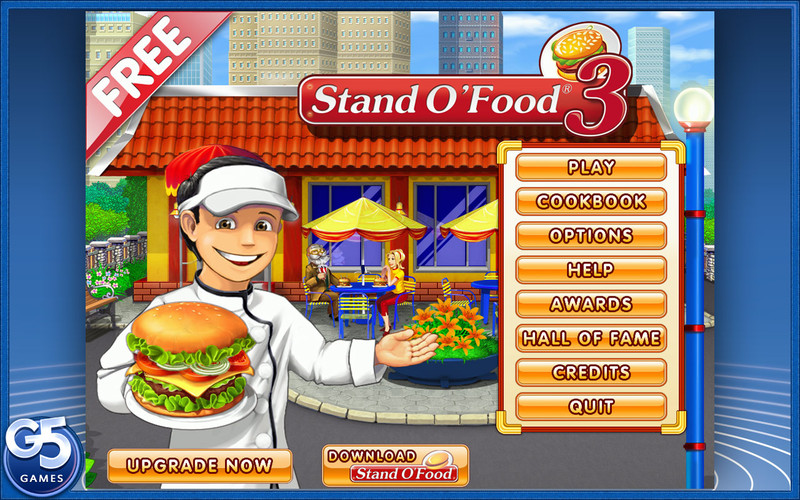

These codes are usually imprinted on the top or bottom of the can. Some manufacturers list day, month and year of production, while other companies reference only the year. Each canned food manufacturer has a unique coding system. In a well-run supermarket, foods on the shelf will be rotated on a regular basis, so there is continuous turnover. Canned food as old as 100 years has been found in sunken ships and it is still microbiologically safe! We don't recommend keeping canned food for 100 years, but if the can is intact, not dented or bulging, it is edible. In fact, canned food has an almost indefinite shelf life at moderate temperatures (75° F and below). Food safety is not an issue in products kept on the shelf or in the pantry for long periods of time. Canning is a high-heat process that renders the food commercially sterile. Canned food retains its safety and nutritional value well beyond two years, but it may have some variation in quality, such as a change of color and texture. "Expiration" dates are rarely found on canned food.Ĭanned food has a shelf life of at least two years from the date of processing.

Many canned products now have a "for best quality use by" date stamped on the top or bottom of the can. It is recommended that all canned food be stored in moderate temperatures (75° F and below). The general rule of thumb is that canned food has a shelf life of at least two years from the date of purchase.
Stand o food 3 crack code#
Remember, the code stamped on the can is when it was packaged.
Stand o food 3 crack how to#
For a sampling of how to read product codes, See Below. Most manufacturers offer a toll-free number to call for questions about canned food expiration dates. The codes vary from manufacturer to manufacturer and usually include coding for time and place of canning. The codes that are stamped on canned food are manufacturers' codes that usually designate the date the product was packaged. One of the most frequently asked questions about canned food is its shelf life and "use-by" dates. This cycle, they believe, will be unlike the past decade and more like the one seen during 2003-07, allowing strong growth rates while keeping macro stability risks at bay.See also: Article on Canned Food History - Can Sizes Canned Food, Shelf Life Yet, some like Morgan Stanley expect that a virtuous cycle is in the offing, supported by strong capex. While booming corporate profits are welcome, private investments are still sore and so is capacity utilisation. While bank credit growth remains a concern, the resolving bad loan situation is comforting. The government initiatives such as asset monetisation and the recent privatisation drive raised hopes of disinvestment proceeds picking up steam. Several factors appear to be contributing to this belief, including rising exports and robust tax collections. If that happens, the achievement will be praiseworthy and efforts must focus on thawing national output not to its pre-pandemic levels, but to pre-slowdown state and lower unemployment rate-which shot up to frightening levels owing to the Covid-19 pandemic.įorecasts peg India to be at the start of a large capex cycle, which can ensure a sustained real GDP growth of 7% in the medium-term.
Stand o food 3 crack crack#
If the scorecard from the World Bank to the IMF to private forecasts place the FY22 growth rate at a conservative 9.5% and thereabouts, the government believes it’s about to crack double digits on the year. The latest round, coming on the back of a Chinese economic slowdown, beats the drum of optimism and India’s potential of regaining the world’s fastest growing economy tag. The weather has its seasons and so do economic forecasts.


 0 kommentar(er)
0 kommentar(er)
